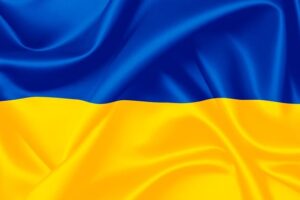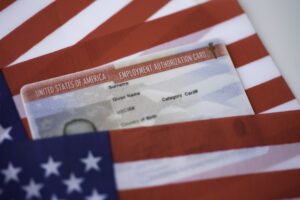On December 28, 2020, the U.S. Congress has approved a second $900B round of stimulus (the second draw) which includes $284B in Paycheck Protection Program (PPP) loans in forgivable, federally backed loans and other assistance for small U.S. businesses. The Second Round PPP is slightly different from the first PPP funding.
Who can apply for Second Draw PPP loan?
This round of funding will be opened to all small businesses whether or not they received previous funding. The Second Draw PPP loans are limited to businesses that (a) employ no more than 300 employees (down from 500) or meet an alternative size standard, (b) have used the entire amount of their first PPP loan or will use such amounts, and (c) had gross receipts during Q1, Q2 or Q3 2020 that were at least 25 percent less than the gross receipts from the same quarter in 2019 (applicants can use Q4 2020 if they apply after January 1, 2021). Businesses that were not in operation in 2019 can use comparable quarters. These limitations for the Second Draw PPP loans do not apply to businesses applying for the first time.
What is the maximum Second Draw PPP loan amount that your business can borrow?
The maximum amount of Second Draw PPP loan that a company can qualify for is 2 ½ times its average total monthly payroll in calendar year 2019 or the 1-year period prior to the date on which the Second Draw PPP loan is made.
However, the maximum Second Draw PPP loan amount that any business can borrow is $2 million for businesses that have previously received PPP funding in the first round and $10 million for businesses that are applying for the first time during the Second Round.
What is the maximum Second Draw PPP loan amount that a business in the Hospitality Industry can borrow?
In the case of businesses operating in the Hospitality Industry (NAICS Code 72), generally hotels and restaurants, the amount of Second Draw PPP loan that a business can receive is 3 ½ times its average total monthly payroll up to a maximum of $2 million for second time applicants and $10 million for first-time applicants.
How can your business spend the Second Draw PPP loan proceeds to qualify for forgiveness?
To obtain forgiveness, a business must spend up to 40% on qualifying expenses and the Second Draw PPP loan rules have been expanded to include more types of expenses on which businesses can use the PPP loan proceeds for. The new list of qualifying expenses applies to both PPP loans from the first and second round. Of course, if the business secured a PPP loan in the first round and was already forgiven then the new covered expenses does not apply.
The new qualifying expenses for the purpose of forgiveness of PPP loans are:
1. Payroll.
2. Rent.
3. Mortgage interest and utilities.
4. Covered Operations Expenditures. Payments for business software or cloud computing service that facilitates business operations, product or service delivery, the processing, payment or tracking of payroll expenses, HR and billing functions, or account or tracking of supplies, inventory, records and expenses.
5. Covered Property Damage Costs. Costs related to property damaged and vandalism or looting due to public disturbances that occurred during 2020 that was not covered by insurance or other compensation.
6. Covered Supplier Costs. Expenditures to a supplier of goods that are essential to the operations of the entity at the time at which the expenditure was made and is made pursuant to a contract or order in effect at any time before the covered period or, with respect to perishable goods, in effect at any time during the covered period.
7. Covered Worker Protection Expenditures. Operating or capital expenditures that allow a business to comply with requirements or guidance issued by the CDC, HHS, OSHA or any state or local government during the period beginning March 1, 2020 and ending on the date which the national emergency declared by the president expires related to the maintenance of standards for sanitation, social distancing or any other worker or customer safety requirement related to COVID-19. These expenses appear to include PPE, physical barriers that were put in place, expansion of indoor/outdoor space, ventilation or filtration systems and drive-through windows.
How are the PPP loans treated for tax purposes?
The PPP loans will not be considered taxable income. In fact, the expenses paid with a PPP loan that is forgiven are tax-deductible. This applies to PPP loans from the First Round and the Second Round and reverses any prior guidance from the Treasury and IRS.
The last rounds of the CARES Act funded over $600B, and it is expected that this pool of funds will go quickly. While we wait for the application process to open, we urge you not to wait to find out more and prepare to apply to give yourself the best chance for funding.
Malescu Law P.A. – Business Lawyers





